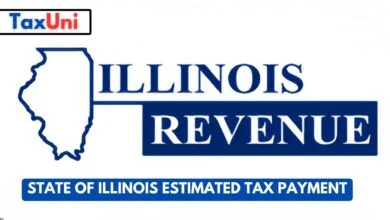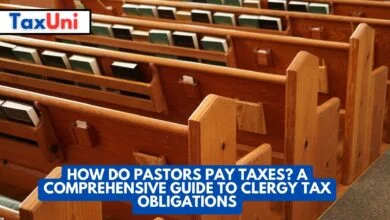Vermont Income Tax Brackets
This article will guide you through the Vermont Income Tax Brackets, explain how the state income tax works, and help you better understand your obligations as a taxpayer in Vermont.

Vermont is known for its picturesque landscapes, vibrant communities, and, like most states, its system of income taxation. For residents and those earning income within the state, it’s important to understand how the Vermont State Income Tax system operates, especially when it comes to the tax brackets that determine how much of your income is taxed at varying rates.
How Vermont State Income Tax Works?
The Vermont State Income Tax system is progressive, meaning the tax rate increases as the taxpayer’s income increases. The state uses different tax brackets to apply varying rates to different portions of a taxpayer’s income. This progressive structure ensures that those with higher incomes pay a larger percentage in taxes, while lower-income earners are taxed at a lower rate. Vermont’s tax brackets are adjusted annually to account for inflation, which helps to prevent “bracket creep”—a situation where taxpayers pay more taxes simply due to inflation rather than an actual increase in real income.
The state requires taxpayers to calculate their Vermont taxable income by taking their federal adjusted gross income (AGI) and making specific state adjustments. These adjustments may include deductions or additions based on the taxpayer’s filing status, dependents, and other factors.

Vermont Tax Brackets 2025
For the tax year 2024, the Vermont Income Tax Brackets are as follows. These brackets apply to individual taxpayers who are filing as single, married filing jointly, married filing separately, and head of household. The following table outlines the Vermont Tax Brackets and the corresponding tax rates for each income level.
For the tax year 2025, the Vermont Income Tax Brackets are as follows. These brackets apply to individual taxpayers who are filing as single, married filing jointly, married filing separately, and head of household. The following table outlines the Vermont Tax Brackets and the corresponding tax rates for each income level.
| Filing Status | Income Bracket | Tax Rate |
|---|---|---|
| Single | Up to $45,450 | 3.35% |
| $45,451 – $111,450 | 6.60% | |
| $111,451 – $206,200 | 7.60% | |
| $206,201 and above | 8.75% | |
| Married Filing Jointly | Up to $76,950 | 3.35% |
| $76,951 – $184,950 | 6.60% | |
| $184,951 – $267,700 | 7.60% | |
| $267,701 and above | 8.75% | |
| Married Filing Separately | Up to $38,475 | 3.35% |
| $38,476 – $92,475 | 6.60% | |
| $92,476 – $133,850 | 7.60% | |
| $133,851 and above | 8.75% | |
| Head of Household | Up to $61,500 | 3.35% |
| $61,501 – $148,850 | 6.60% | |
| $148,851 – $247,950 | 7.60% | |
| $247,951 and above | 8.75% |





